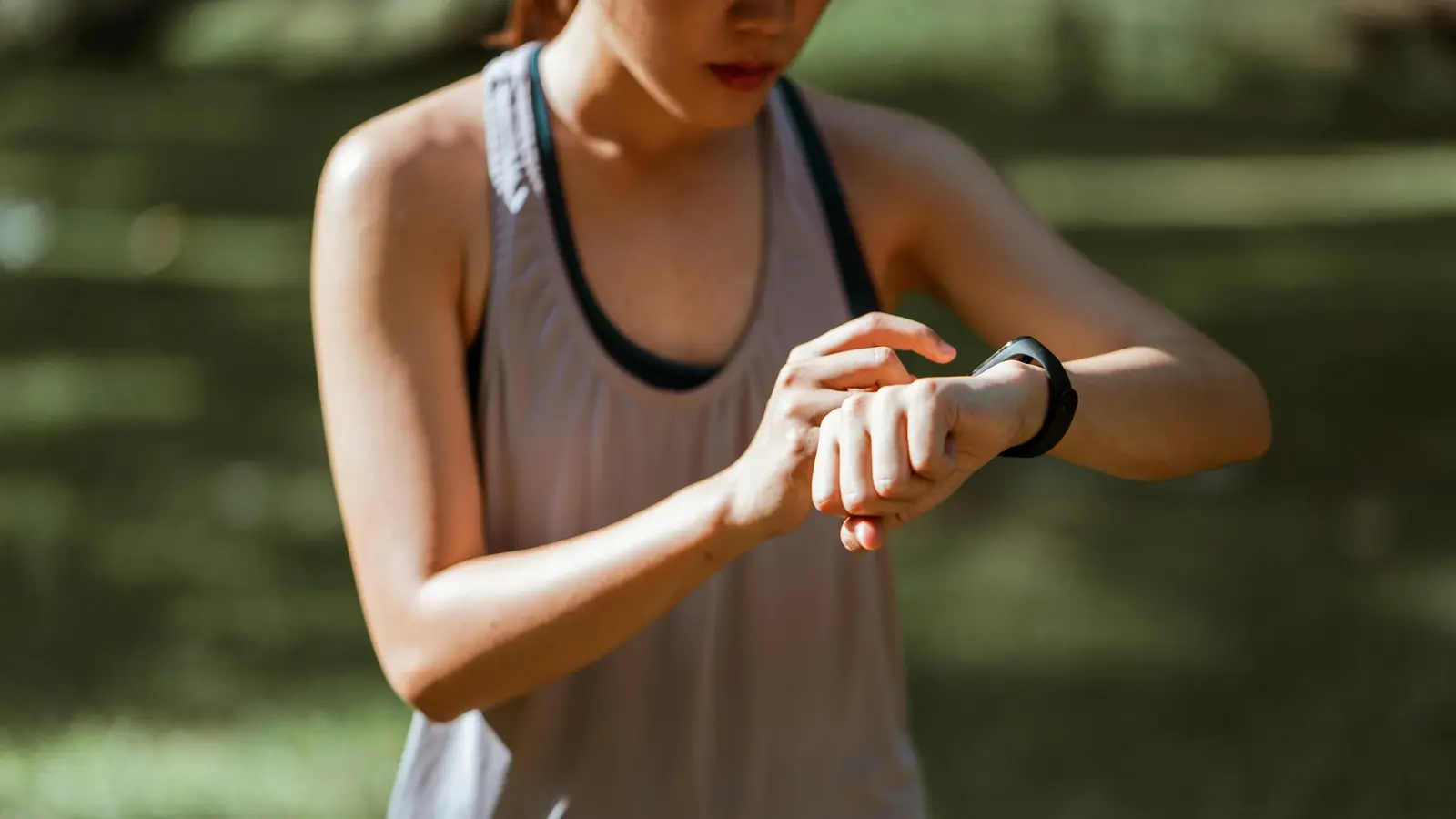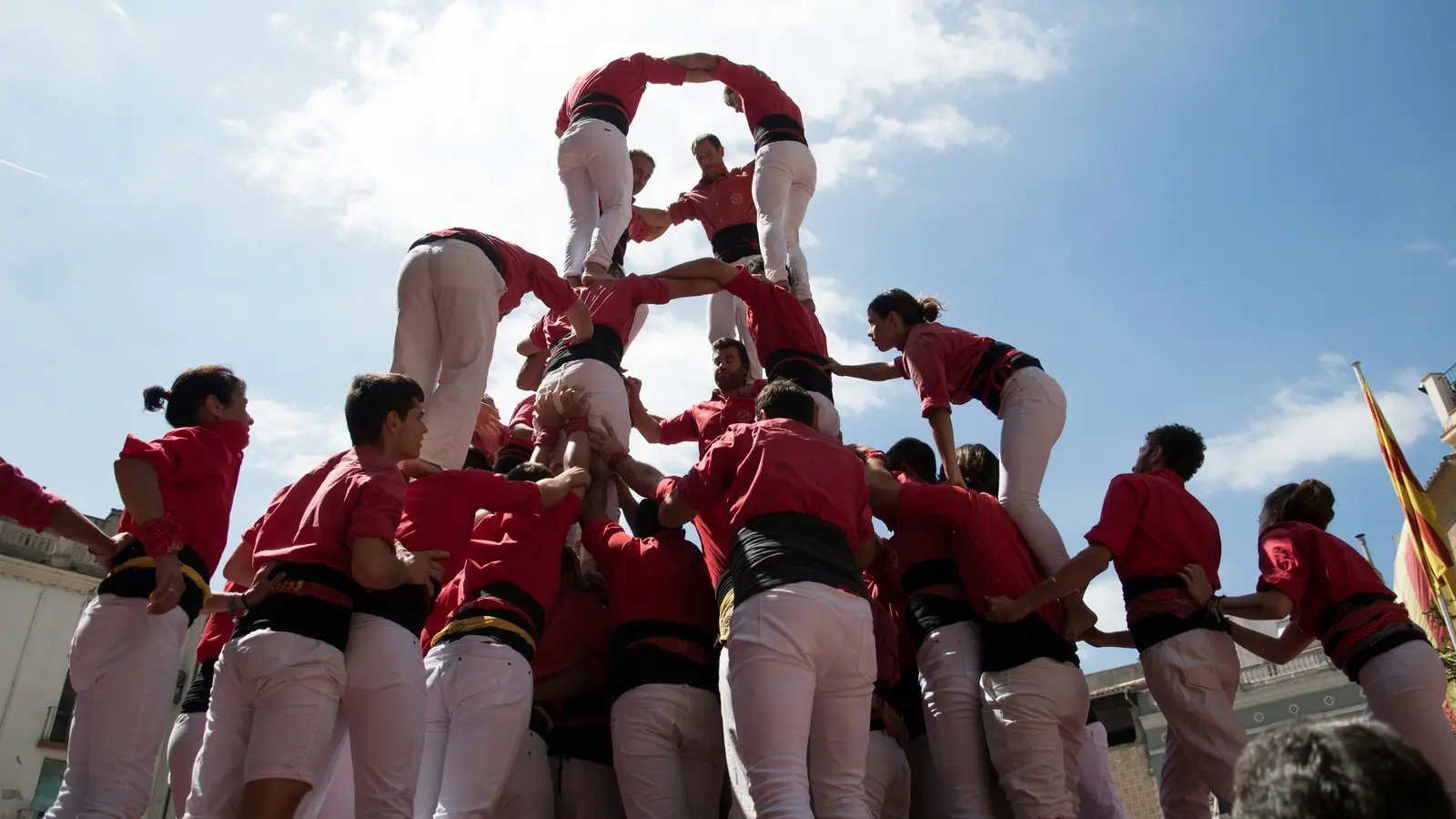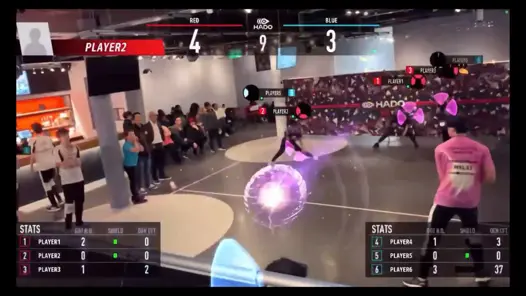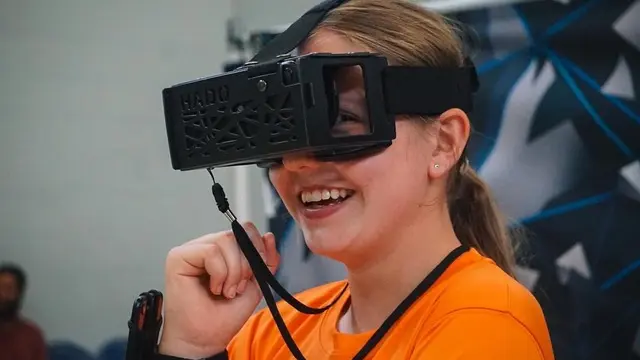“Cycle Buddies is an example of using technology to connect people in the real world. It’s about sharing skills and experience, for example, having someone show you a route to cycle to work or routes around the local neighbourhood, but also about sharing the joys of cycling and connecting with people you might not have otherwise met.”
Jakub Mamczak, Senior Campaigns Officer, London Cycling Campaign
The Role of Tech in Inspiring Participation Across Communities
In this edition of our newsletter, we explore how digital tools are reshaping access to sport and physical activity – from tackling cost and safety concerns to amplifying community voices and creating more inclusive, empowering experiences for all.
 Spork Digital
Spork Digital- 18 min
Technology continues to reshape how people get involved in sport and physical activity. From apps that connect first-time runners to supportive communities to platforms that help people discover new ways to get active, tech has the power to lower barriers and make participation more accessible.
But while digital innovation can drive engagement, it’s not a one-size-fits-all solution. Challenges like cost, accessibility, safety and cultural perceptions still stand in the way for many. We recently sat down with industry leaders at House of Sport to discuss how tech can empower more people to get moving – and how we can ensure innovation benefits the communities that need it most.
This article shares key insights from the conversation, including how community-driven platforms are changing the game, why representation in sport and tech matters, and how digital tools can be used to build confidence rather than just track performance. So, how can technology help break down these barriers and inspire more people to get involved?

Why participation in sports matters
Understanding the barriers to participation
Accessibility and knowledge gaps
One of the biggest challenges people face when trying to be more active is simply not knowing where to start. Many individuals want to participate in sports but lack the confidence, knowledge or access to information needed to take the first step. Community-led initiatives and digital tools help address this by providing mentorship, peer support, and practical guidance.
Jakub Mamczak, Senior Campaigns Officer, at London Cycling Campaign, highlighted how initiatives like Cycle Buddies – designed to help newcomers build confidence in cycling by pairing them with experienced riders – are making a difference:
Having a low-pressure, accessible way to try physical activity before fully committing can help people build confidence and reduce the fear of getting started.
Representation in sport and tech
Tech-enabled as a tool for engagement
Empowerment as the key to long-term engagement
Building on this, Giles Cambray, Managing Director at Spork, reinforced that community is central to long-term participation:
By fostering environments where people feel included and connected, participation becomes more sustainable. Whether through local initiatives or tech-enabled solutions, ensuring sport remains welcoming and enjoyable will be key to long-term engagement.


